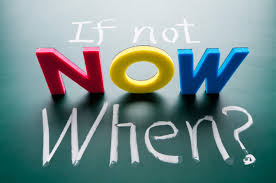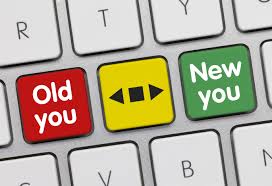Are you changing careers? It is an absolute must that you'll need a fresh, revamped resume to pioneer your job search in a new career persuasion. Creating a new resume isn't the easiest task. You know how much of your background and experience even if it's in a completely different industry. However, you will have to try hard to make it still be relevant.
You might realize that so many skills, especially soft ones, are transferable. However, if you're shifting from a production manager role with a publishing company to the event planning role in the wedding industry. For example, your organizational skills, leadership abilities, and strong Excel and budgeting background are all going to be applicable. In your career changing resume, you have to tell the story of your transferable skills and to explain how qualifications from your previous career are still applicable and relevant.
Due to either a shift in the industry or a shift in your interests, there are lots of reasons to make a mid-career transition. Here's how to get started developing your new resume and tips on how to create a successful career transition.
- Identify Your Transferable Skills
Get to know your new industry. Read job descriptions and industry news to gain a sense of the skills that employers require. Print out your current resume with your job history, and write a list of all the skills you've gained and used throughout your career. Some of these may be listed on your resume directly, but others may not. Then, list the skills usually required in your new industry and look for matches.
Think creatively. Say you're moving from sales to teaching. What are the things these roles have in common? Well, both jobs require the ability to hold the attention of the participants, to give a strong presentation, and to convey potentially complex knowledge into easy to understand and remember languages. And don't forget that you can include non-professional experience on your resume as well. For instance, are you on your condominium’s board? Do you organize baking club sales for the church? Volunteer work? Even hobbies? These can be credited for evidence of your skills and experience.
Just be careful not to overstate: The amount of 300 followers on Twitter does not make you a social media expert. However, it is reasonable to say that you have social media knowledge, have built a Twitter following, and engaged with industry thought leaders.
- Write a Resume Objective
Use your resume objective, which appears on the top of your resume, to highlight what type of job you're seeking. The objective is all about you. However, the true purpose of the objective is to sell hiring managers on your candidacy.
In your objective, connect those stepping stones for hiring managers. You can use this space to make it clear how your former career has provided you with the skills you need in your new field, and for this job particularly.
- Determine Which Resume Format Works Best for You
A chronological resume, which lists experience from most recent to eldest, may be the most commonly used resume format. However, that doesn't mean it's the only option to represent yourself.
A functional resume is an alternative for someone who is switching careers. It allows the person to focus squarely on your skills and experience rather than where you worked, and when. This type of resume helps highlights the most relevant parts of your work.
If you are transitioning from sales to teaching, you can follow our above example, a functional resume allows you to show off your relevant presentation skills, instead of listing out sales jobs. It wouldn't feel meaningful to a school district.
A combination resume, which mixes the functional format with the chronological one, is also a good option when you're shifting careers.

- Add a Skills Section
When hiring managers/recruiters scan through your resume, they might not see relevant job titles or responsibilities from their industry. Therefore, whichever resume format you choose, use the skills section to highlight that you have the soft and hard skills required for this job. here's more information to help you know what to include in your resume skills section.
- Leave Off Unnecessary Information
Your resume does not have to exhaustively list every position you have done, a task completed, and programs used. Think of your resume as a greatest hits album, which includes only the highlights to illuminate your resume to be relevant to hiring managers in your new field. This can be particularly important if you're switching job levels, as well as shifting careers.

- Watch for Jargon
New career industry, new jargon! When you work in a field for a while, jargon becomes second nature. If you're in publishing and technical writing, the Chicago Manual of Style (CMS), and the Associated Press Style (AP) would be familiar in terms. If you work online, it's the Content Management System (CMS). If you are in IT, HTML/CSS and JavaScript can be mentioned. And, if you're in healthcare, it's the Centers for Medicare & Medicaid Services.
However, there are some difficulties by using those jargons. The idea is that even though jargon can help you look like an insider in your original field, it can confuse and alienate hiring managers in your new field. Therefore, you should explain job titles, programs, and job-related tasks and achievements in clear languages that anyone can understand. Try to translate those skills and responsibilities into your new field's insider-language and shorthand.
I hope all these tips can help you find your way to start pursuing new career field by your own will of change or market forces.







